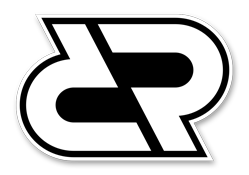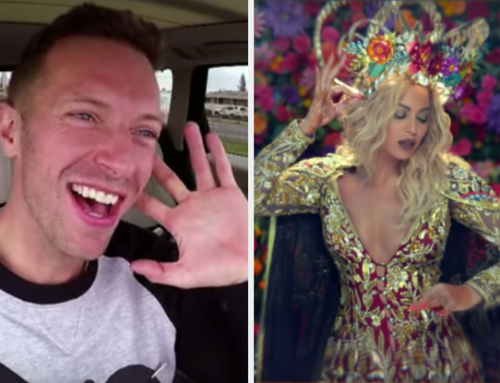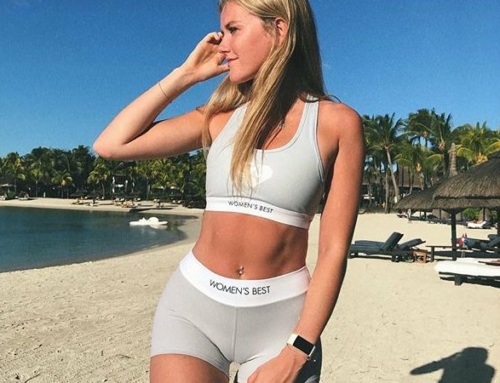In recent months, YouTube has been the subject of an international music-industry campaign calling for tighter copyright laws. This week, 1,000 acts including Paul McCartney and Lady Gaga signed a letter to European leaders contending that services like YouTube were “unfairly siphoning value away from the music community.” Earlier this month, McCartney, Taylor Swift, Beck, Jack White, and Trent Reznor were among 180 artists and songwriters signing a similar letter aimed at U.S. lawmakers. In a Billboard op-ed today, YouTube’s chief producer officer, Neal Mohan, addressed the criticism by writing that “the industry’s future is actually brighter than ever” because of the potential to earn digital-advertising revenue from listeners who can’t or won’t pay for music.
“It’s easy to dismiss ad-supported models today while digital streaming is still small and relatively new,” Mohan wrote. “While the recent concerns artists have made about the copyright safe harbor reflect a fear of losing money from ad-supported streaming, the truth is, it is a new source of revenue that is poised to dramatically increase. As digital consumption grows and more print, radio and TV advertising dollars shift online, the music industry has a chance to reap a massive windfall.”
Mohan reiterated that YouTube has paid $3 billion to the music industry so far. He said that while the nearly 100-year-old radio format still makes up 26% of music consumption, streaming video’s share is only 8%. According to Mohan, about 80% of music listeners prefer to listen to the radio than buy CDs or digital downloads. He noted that under U.S. copyright law, radio—where the annual ad revenue is roughly $35 billion—doesn’t pay royalties to labels and artists (though they do pay royalties to songwriters). Digital services pay each of these types of royalties.
”As casual fans consume more of their music online and less on radio, the industry will begin to earn revenue from 100% of the people who enjoy music, not just the 20% who buy CDs, vinyl, or streaming subscriptions,” Mohan wrote. “This could result in a multi-billion dollar ‘value shift’ from radio to artists and songwriters. While a healthy subscription business may eventually sign-up 200-300 million people worldwide, the ad-supported market has the potential to earn money from 3 billion people who are currently online.”
He noted that YouTube offers user-uploaded covers and remixes that were once seen as piracy but now account for more than half of the revenue YouTube pays to the industry each year. And he added that YouTube, as a video service, can earn video advertising revenue as well, potentially cutting into the $200 billion a year spent on TV commercials.
Mohan’s colleague Robert Kyncl, YouTube’s chief business officer, told Pitchfork earlier this year, “The music industry as a whole hasn’t earned that much from advertising, and now that’s changing.” He said labels and artists had gone from “monetizing only the super fans, by selling them CDs and LPs and tapes, to making money through ads from everybody that enjoys music.”
Read our exploration of the marketplace for free streaming music, “Is the Era of Free Streaming Music Coming to an End?,” and check out “Here’s Why Musicians Won’t Stand for Illegal Uploads Anymore” over on the Pitch.
Source: Pitchfork – News





